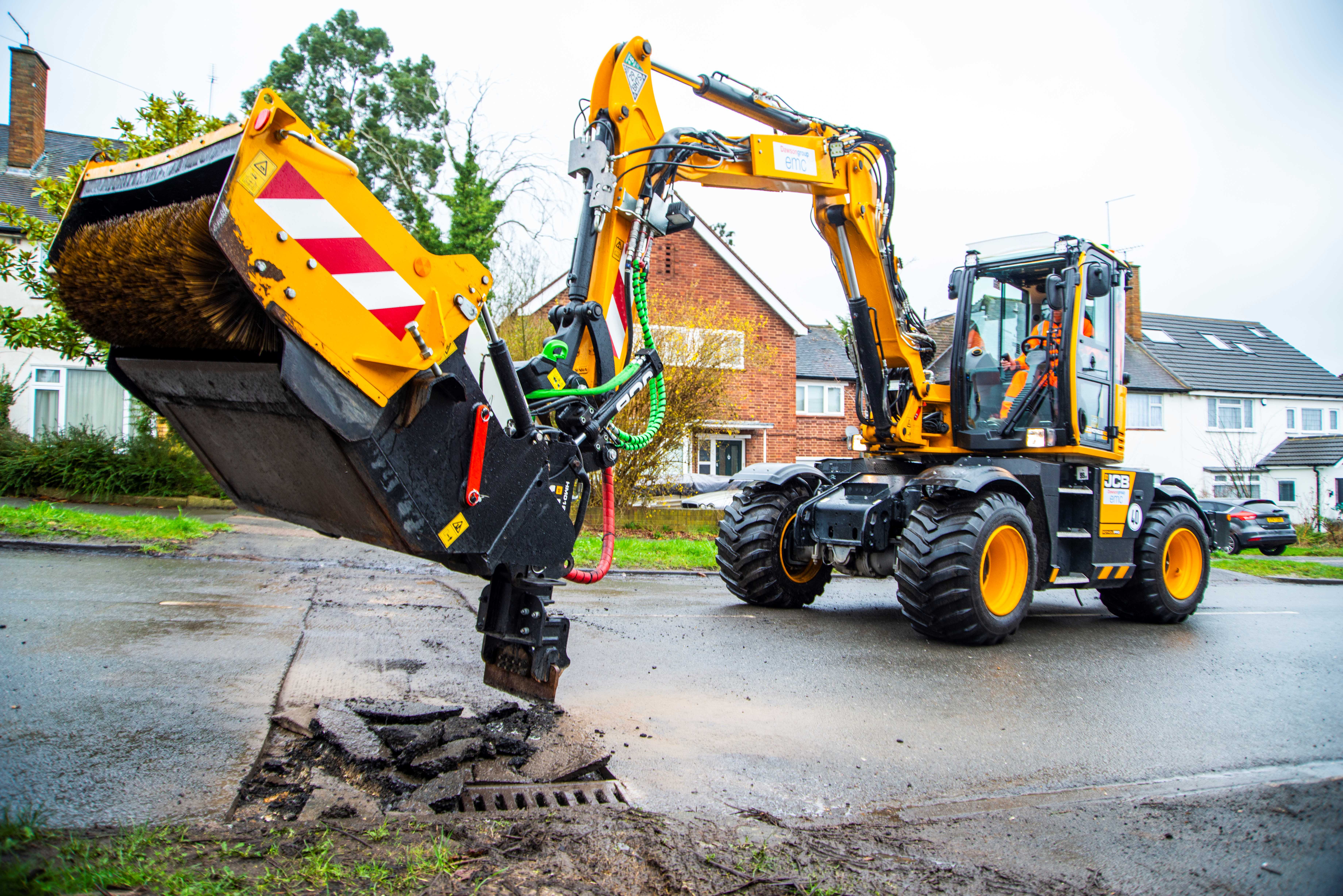
The London Borough of Harrow is investing £42 million on our roads and footpaths from 2025 to 2028.
This will be spent on 4 types of works. Click on each type for an explanation:
We will always let you know in advance if work is planned on your road. We will let you know what type of repair will be done, and if there will be any parking suspensions.
How do we decide which roads to work on?
We monitor all of our roads through:
Inspections and reports from the public
We are responsible for maintaining publicly funded highways. This is according to the Highways Act 1980. We inspect all our roads and pavements either monthly or quarterly, depending on their classification and usage.
We carry out inspections in line with the current Highway Inspections Policy. The policy complies with the Well-Managed Highway Infrastructure – A Code of Practice (2016).
During inspections, we check for defects such as:
- potholes
- uneven pavements
- damage to the street furniture
We prioritise any defects based on the level of risk they pose.
What happens when a defect is reported or identified?
A highway inspector will visit to assess the defect for its:
- severity
- nature
- location
Based on their assessment they will decide the urgency of any repairs.
Defects are only scheduled for repair if:
- they are hazardous or dangerous, and
- they meet defined 'investigatory levels'
If a defect does not meet these criteria, we will not repair it at that time.
If you notice any issues on roads or pavements, please Report them to us. We will investigate and take appropriate action.
Condition Surveys for resurfacing
Condition surveys are the main way we decide if a road or footway requires maintenance.
We carry out visual surveys to assess the condition of roads and pavements. We give each road section that we survey a score based on various factors. These factors include the number and severity of defects. The surveys help identify surface and potential subsurface issues. Such issues include base course failures, which may not be visible to the general public.
The scores assigned to each section help prioritise maintenance needs across the network. Roads are not resurfaced for aesthetic reasons alone. We prioritise structural integrity and safety.
What happens when we identify a maintenance need?
An officer will assess if it could be part of a future works programme. If they decide that it could be, an engineer will visit. The engineer will carry out a detailed site inspection. They will confirm the need and determine its priority within the wider programme.
We do not prioritise maintenance based only on aesthetic reasons. Cracked or patched surfaces without trip hazards are not priorities.
If a road or pavement is still safe to use, it may not be scheduled for immediate maintenance, even if it looks worn.
For more information see our Highway Asset Management Strategy.
Local highways maintenance transparency report
View our Local highways maintenance transparency report.
Grass verges
After resurfacing work we may need to plant new seeds on grass verges. If conditions are not right for planting immediately, we will wait until conditions are right to plant new seeds.
Carriageway resurfacing work and vehicle relocation
During carriageway resurfacing work we do our best to make sure you have access to your property.
If we have to block your access we'll let you know in advance. If you normally park on the road or in front of your property, you may have to find an alternative space for a short while. This will help us to work faster, more effectively, and limit disruption.
Any cars that obstruct planned work may be relocated by a Vehicle Removal Unit. If your car has been relocated please call 020 8416 8783.